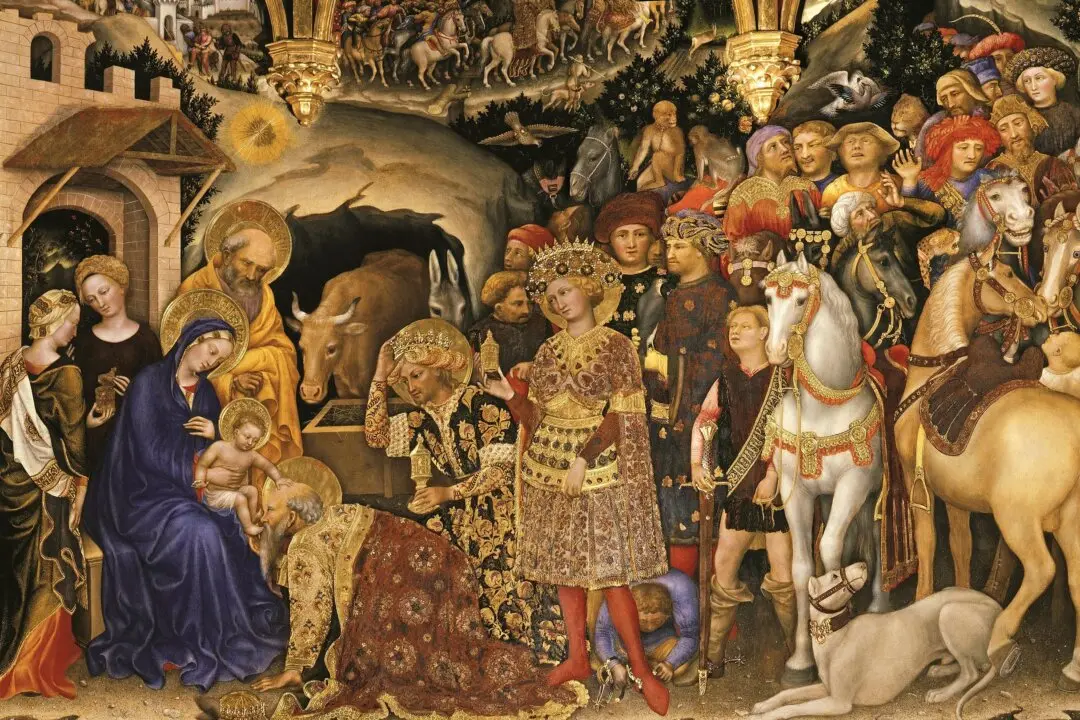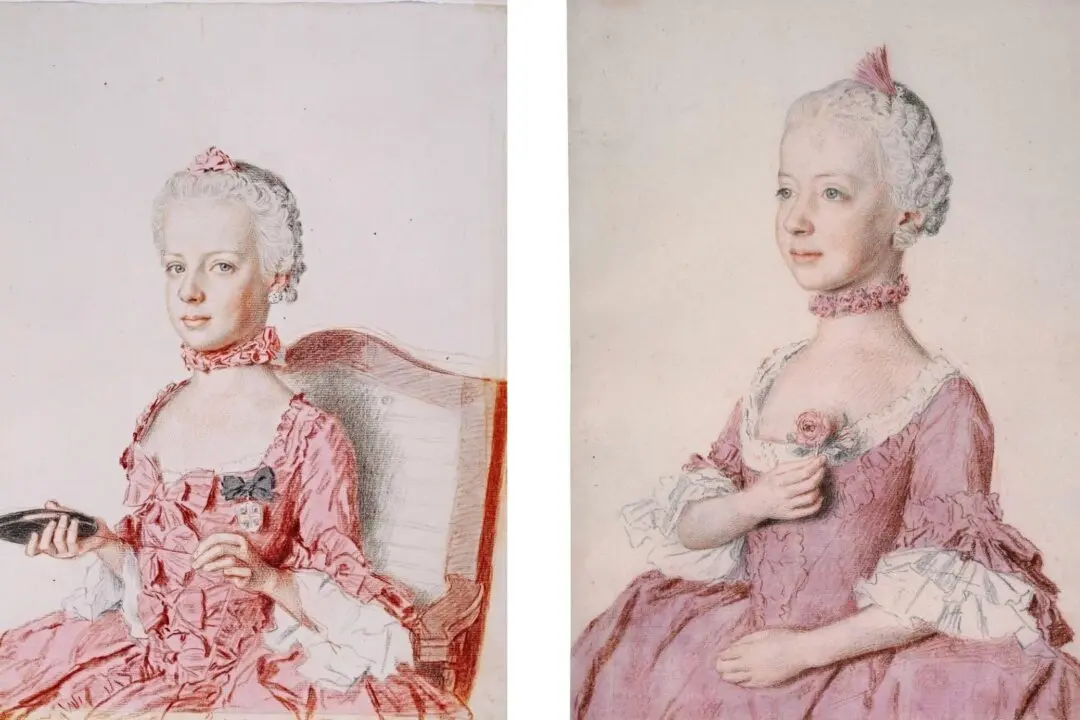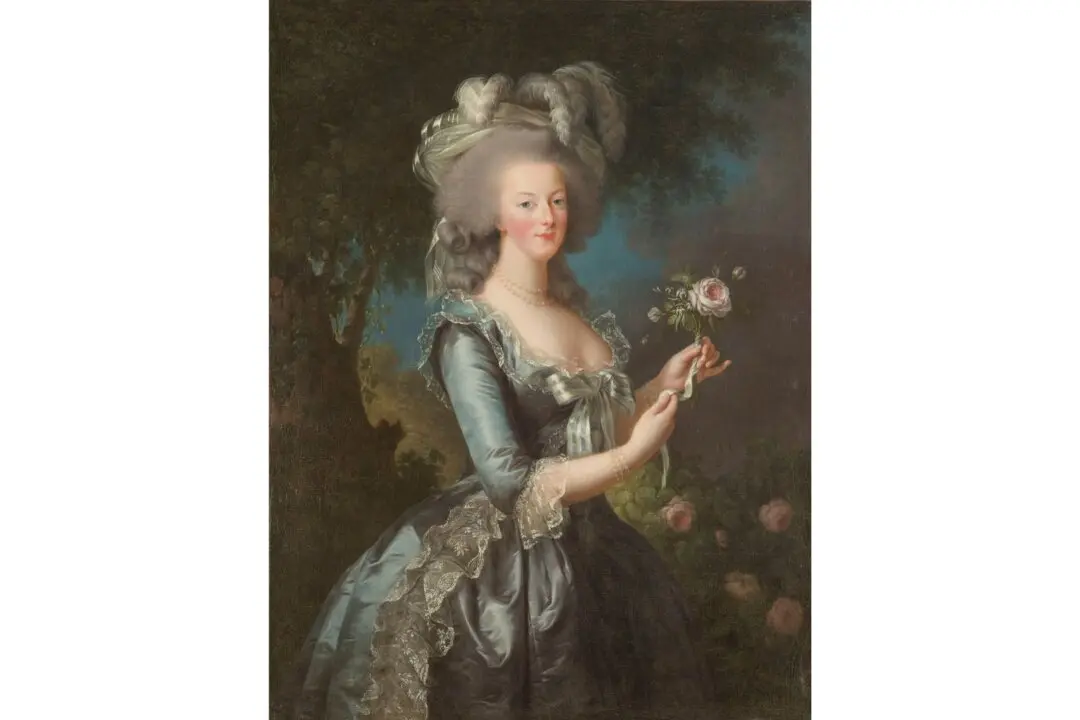Japanese artist Taki Katei (1830–1901) lived in one of the most fascinating periods of Japanese history: when Japan was just opening up to the West. During that time, many artists integrated Western art elements into their works, but Taki stayed true to the traditions of Japanese art.
He grew up in a time when Japan’s art was rich with traditions. Artists borrowed particularly from the traditions of classical Chinese painting, but they also followed the tradition of studying from life: people, animals, and plants.






